Inaugural transparency dispatch details environmental, social, economic impacts
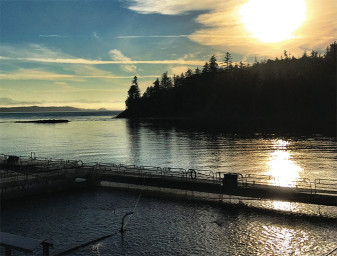
The British Columbia Salmon Farmers Association (BCSFA) on Tuesday released its first annual Sustainability Progress Report, a review of its environmental sustainability and social commitments, animal welfare practices, economic contributions and more.
“The information presented within this report speaks to the drive felt among our members to create a vibrant sustainable industry for future generations in B.C. on all levels — environmentally, socially and economically,” said BCSFA Executive Director Jeremy Dunn.
BCSFA provided an advanced copy of the report — to be released on Tuesday afternoon, Oct. 27 during the Global Aquaculture Alliance’s annual GOAL conference in Vancouver — to the Advocate for review.
“Thinking about aquaculture globally is something that we in B.C. need to do more of,” Dunn added at GOAL. “Our goal is to be better than we are now. But we are much better than we were 10 years ago. We want to show our progress and the trends over time and the good work that we’re doing.”
“Where we want to go from here, is to reduce antibiotic use on our farms, and drive innovations in health management. The goal is not to use antibiotics at all,” said Stewart Hawthorn, managing director of Grieg Seafood BC Ltd.
According to the report, B.C. salmon farmers produce approximately 71,500 metric tons (MT) of fish annually; Atlantic salmon comprises 94 percent of the total, with chinook, coho and steelhead accounting for the remainder. Production has been consistent over the past decade, the group said.
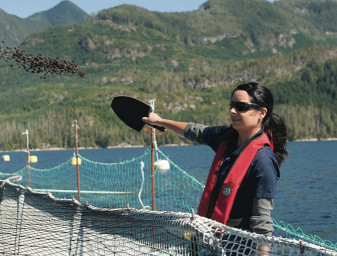
Other key points made in the report include:
- B.C. salmon farmers in 2014 reported an average 93.6 percent rolling survivability rate of stock (based on total number of surviving fish in the sea over 12 months)
- Sea lice (Lepeophtheirus salmonis) management, regulated by the Department of Fisheries and Oceans (DFO), has kept sea lice populations near or below the agency’s management trigger of three lice per fish, after a spike to nearly five motiles (all free-moving life stages of the common salmon louse, including females)
- The composition of oils and proteins used in salmon feeds over the years shows a decreasing reliance on marine proteins, while proteins from vegetable and animal sources is increasing; the forage fish dependence ratio (FFDR) has decreased from 7.2 kg to 1.5 kg (per kilogram of farmed salmon) for fish oil and from 4.4 kg to 0.23 kg for fishmeal
- Site fallowing remains a common practice, as about 60 of the 109 licensed salmon farming facilities are operational at any given time
- The B.C. salmon-farming sector filled 4,977 direct and in-direct positions in 2013
- Farmed salmon — British Columbia’s largest agricultural export — generated CDN $411.5 Million in GDP for the province in 2013
BCSFA was also keen to point out that the feed conversion ratio for farmed salmon is far less than for terrestrial livestock. The 1.3 kg of feed for every kilogram of farmed salmon compares favorably to pork (2.8), chicken (1.9) and particularly beef (7.5).
“Sharing the information in this report is crucial to help British Columbians understand the issues that affect this sector and our ocean environment,” said Dr. Don Noakes, BCSFA Science Advisory Council Chair and Dean of Science and Technology at Vancouver Island University. “The industry has come a long way from its beginnings thirty short years ago. I am encouraged by their efforts and will look forward to seeing them progress further in years to come.”
Now that you've reached the end of the article ...
… please consider supporting GSA’s mission to advance responsible seafood practices through education, advocacy and third-party assurances. The Advocate aims to document the evolution of responsible seafood practices and share the expansive knowledge of our vast network of contributors.
By becoming a Global Seafood Alliance member, you’re ensuring that all of the pre-competitive work we do through member benefits, resources and events can continue. Individual membership costs just $50 a year.
Not a GSA member? Join us.
Author
-
James Wright
Editorial Manager
Global Aquaculture Alliance
Portsmouth, NH, USA
[103,114,111,46,101,99,110,97,105,108,108,97,97,103,64,116,104,103,105,114,119,46,115,101,109,97,106]
Tagged With
Related Posts
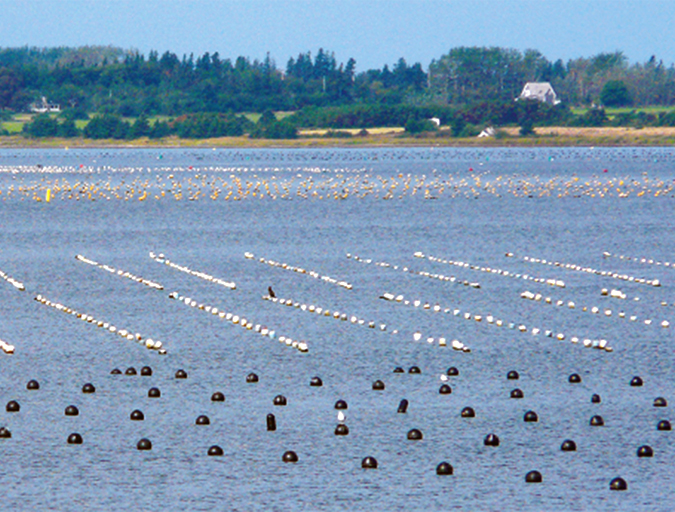
Innovation & Investment
Aquaculture in Canada: status, perspectives
Canada exports farmed seafood products to more than 22 countries and is the main seafood supplier to the U.S. market. Finfish, primarily salmon, production is strong and shellfish production is growing, but diversification will be imperative to maintain competitiveness.
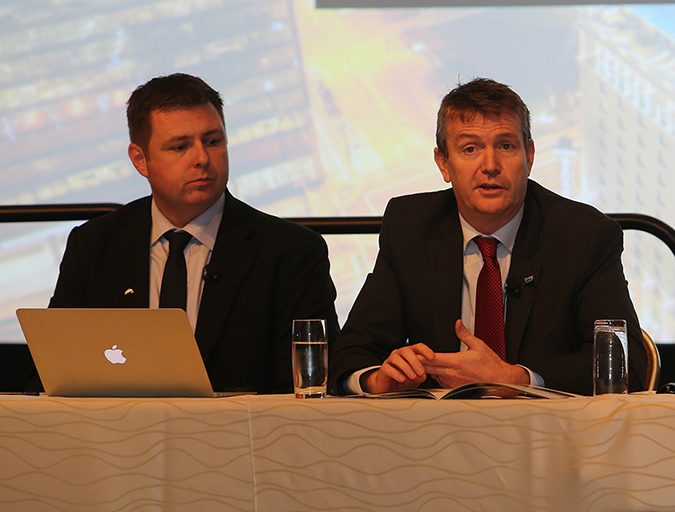
Health & Welfare
BC salmon farmers vow sea lice transparency
At the recent GOAL conference, the British Columbia Salmon Farmers Association committed to reveal sea lice counts at farms operating in the province while promising a future without antibiotics, despite struggles with the persistent yellow mouth disease.
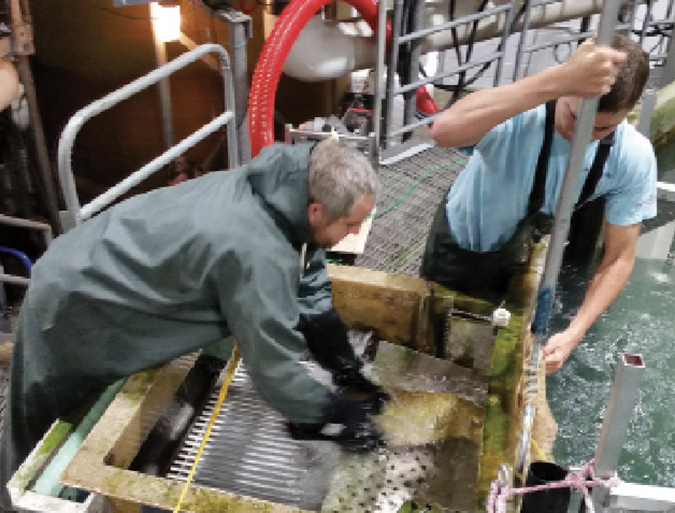
Health & Welfare
Novel air-based system transfers large salmon during harvest
To evaluate the application of an air pressure-based transport method within a recirculating aquaculture system, the authors performed testing with harvest-size salmon at The Conservation Fund Freshwater Institute.
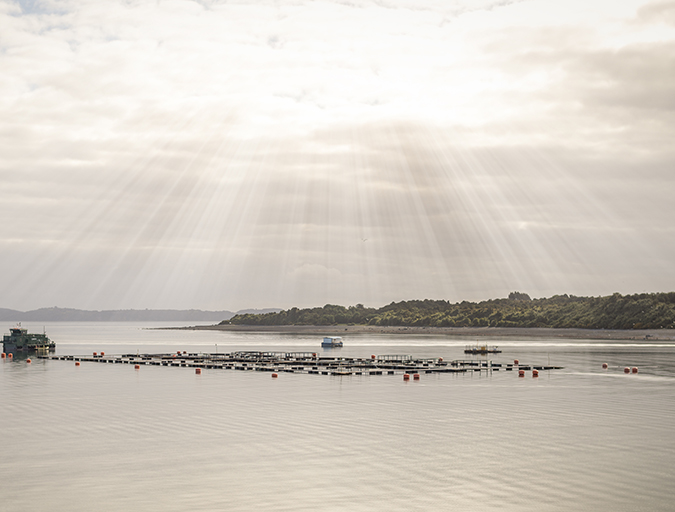
Responsibility
Chilean salmon farmers see brighter days ahead
Chile’s farmed salmon industry has had a rough decade. A lot is riding on its ability to work through the turbulence, including 70,000 jobs and $3.5 billion in annual sales. Is reducing production the answer?



